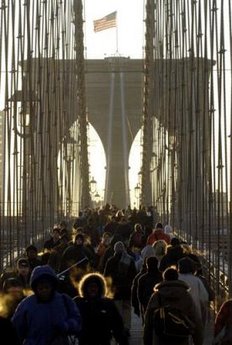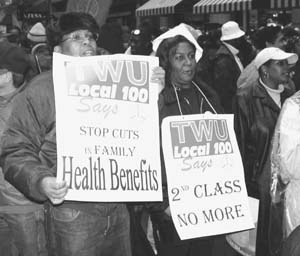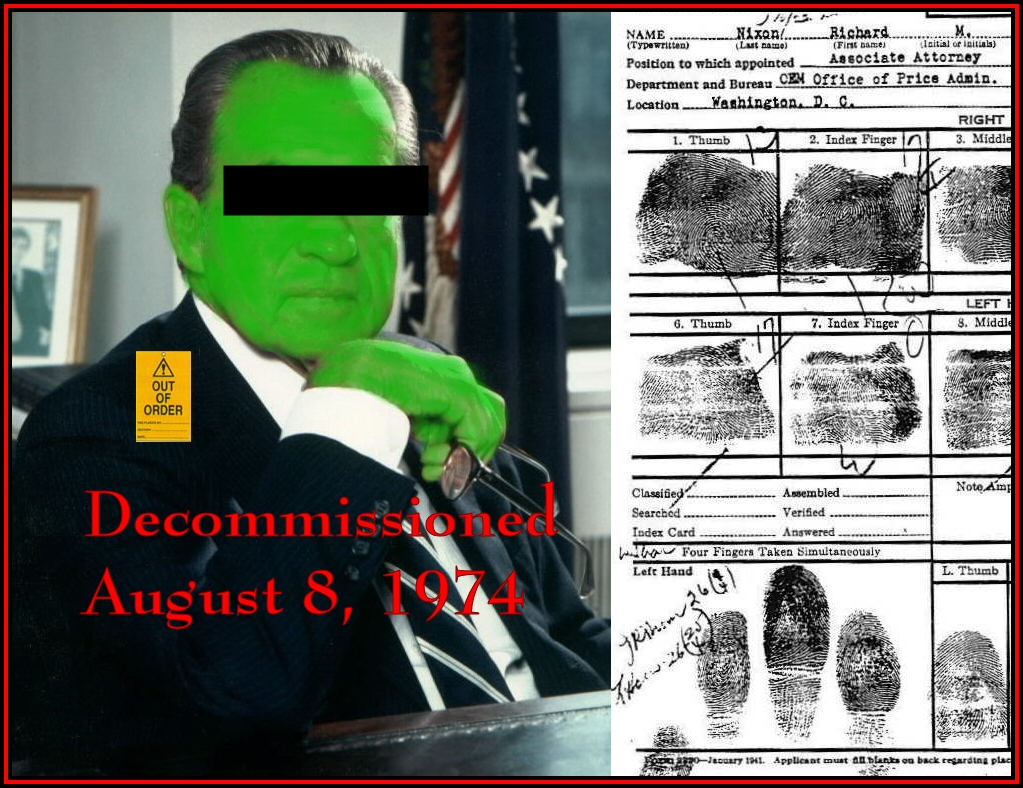By Jack Brummet, NYC Metro Editor
[We originally published this interview in February, 2006. Around that time, I found a book I wrote in 1981 (The Spirit Below), in which this interview appears. This is not an interview with a glitzy "Cocktail" style bartender. It focuses on the darker side of being the person on the other side of the bar...not that the bartender is necessarily dark, but the nature of the job brings you into contact with some unsavory folks and situations.]
JACK: You should try to answer these questions as a bartender, not as a drinker. Or at least, as a drinker second.
SCOOTER: Okay.
JACK: Do people come to your bar for a specific reason? Is it loneliness, habit, to forget, celebrate, looking for “love,” or do they just want a drink or two, maybe even because they are happy?
SCOOTER: A lot of people. . .this bar I work at is different. . .there’s a nice Italian man, inherited his father’s milk company. Some days he comes in to forget a problem. Obviously. Other days he comes in because he’s in a good mood. But I have heard stories. At work he’s a sonofabitch. But at the bar he is very friendly or at least polite. Sometimes he’s a little funny too. But this guy who works with him says he is always an s.o.b. Only in social situations is he a nice man. Never at work.
JACK: Only at the bar? He becomes human then?
SCOOTER: Yes. Another man comes in. . .the guy’s always upbeat. Says the world has been great to him. But. . .last night he came in, started telling a lot of jokes and was very funny when he got there. And he started drinking. He was drinking V.O. straight up, with a shot of Gran Marnier floated on top.
JACK: A stiff drink, in short.
SCOOTER: It sure was. Well, he has three in about twenty minutes. There are two women in the bar. He became very rude and started in with “I’ve got nine pounds between my legs…” You know. “Do you want to f***?”
Yeah, he was not rude. He was sick. He said it over and over again, like a very desperate man.
JACK: The real self emerged.
SCOOTER: Yeah.
JACK: Can you tell is a drinker will be like that when they walk in? Even before they hoist the first glass? Before they talk. . .
SCOOTER: I can’t. Other bartenders say they can. I guess I haven’t been at it long enough.
JACK: Another question—how much do you let people get away with before you 86 them?
SCOOTER: I’d have to say I’m pretty lenient.
Sidebar: The term "86" comes, quite possibly, from Chumley's bar and restaurant at 86 Bedford Street in the West Village in NYC. We used to go to this bar because it was one of Dylan Thomas's old haunts, like The White Horse.
JACK: Extremely?
SCOOTER: Yeah. But I’ve never really had a situation like that in New York.
JACK: But I’ve seen you, years ago, drop four glasses in a row and come back for another.
SCOOTER: I know. . .
JACK: . . .drop four because you forgot you were holding them and you were staring off into space. Would you let someone do that four times?
SCOOTER: No. But. . .well. . .a tavern is much different. This place [Dorian’s Red Hand. . .an establishment on the Upper East Side of Manhattan, at about 80th Street I think. Jb] is a restaurant with a bar. People drink martinis, cognac and wine, not beer.
So. . .a Scottish guy came in here. I wasn’t working at the time. He was crazy. Bull goose loonie. The first time he came in he was a f***ing maniac. He was staggering around the place, leaning into the bar, stepping up into stools and swaying back and forth. Not really out of drunkenness but from that sort of drunken bravado, of feeling like a powerful human being when you are really just drunk. Those drunken sorts of motions, hyperbolic and exaggerated motions of the drunk. Did I just say hyperbolic AND exaggerated?
JACK: Well [laughs] I can’t remember. Let’s run back the tape. [Plays back tape] Yes. You did.
SCOOTER: Uh. . .I saw him get really crazy. Sort of like when we used to drink with Bob Huff [a professor of ours, a gifted poet, and a professional drunk]. He had that sort of approach: ‘I’m man’s man. . .we understand each other. . .I’m a Scotsman, and you’re an Irishman. And I love the Irish. . .even though. . .You’re a good man. . .descended from Kings. . .” and all that stuff.
Well, he came in once when I was working and he was really gassed. And he ordered drink after drink after drink. I kept pouring them, beer after beer. He was s***-faced when he walked in the place and he must have had eight beers in half an hour. He just poured them down his throat.
There was a funny thing about the guy, ‘though. He would only drink them down so far and leave the last bit in the glass. I tell you they weren’t getting warm. He would order another as soon as the glass reached some mysterious level. And finally he got rude and the manager came over and asked if I kept serving him and I said “Yes, I did.”
JACK: Isn’t it like technically illegal to do that?
SCOOTER: Yeah. But I think it’s more to protect the bar you would kick someone out for being drunk.
JACK: Save the mirrors and such.
SCOOTER: Yeah.
JACK: And no one ever really seems to get kicked out for being a happy drunk!
SCOOTER: True.
JACK: How about a trick you told me about once? Pouring vodka in a guy’s beer to speed the process, so to speak, and get him out the door?
SCOOTER: The guy’s crazy. Fifty-five, sixty. Tells me the same story time after time. And yeah, the vodka works. It gets them out of there. He has a couple of beers and he’s so crazy he can’t even taste the vodka. Another bartender here—Sean—said he would fill his glass nearly halfway up with vodka. Even if he were not drunk, a couple of those would send him down the road. One usually.
JACK: Do you ever feel like you are helping people varnish their coffins?
SCOOTER: No.
JACK: A guy comes in with D.T.s, or terminal alcohol bloat. Does it bother you to pour them drinks? A corpse on the other side of the bar. . .
SCOOTER: No.
JACK: You don’t care? If you see a guy almost literally dying?
SCOOTER: It’s his job to stay alive. Mine is to sell drinks. For instance, this one guy quit drinking because he had liver trouble, or epilepsy or something. A while ago, he started coming in and drinking light beer. The first couple of weeks he was drinking coffee or club soda. And then he quit drinking a few and would have twelve, fifteen beers. Sean said he drank 24 one time. Sean cracked a case as it happens on his first beer. And he emptied the case in an afternoon, five or six hours.
So the guy says to me once “Kevin, this beer is just not settling right. Give me a grapefruit and vodka.”
Now, he’s sliding fast. He’ll be back to Scotch soon. He acts like vodka, beer, anything but Scotch is all right. He came in here today and looked like hell. He’d been drinking two, two and a half days. I kept pouring them. And yesterday, he was in here on day two maybe and had twelve drinks in three hours.
So I saw what was happening and started pouring them with just a floater of vodka on top after his first two. Just a little vodka he could smell and taste at first. After that first blast, when you are that twisted, you forget about worrying whether or not you have sufficient alcohol in your drink.
He wanted to be somewhere. And I wasn’t really cheating the guy. He was lonely and a compulsive drinker. He’s almost dead.
JACK: So, in some sense, you’re actually extending his stay on the planet.
SCOOTER: Although he apparently doesn’t actually want to stay here. . .
[A long digression in the interview occurs here, where we discuss the relative merits of various potables, and go into cash register theft in bars, all of which is deleted because of possibly incriminating statements made about other individuals in the business, notably our friend The Dogfish. As it turns out, this interview will only first be published here, twenty-five years later, long after the statute of limitations has expired. However, All This Is That will be delving into this area in the near future.]
JACK: What is the best philosophy for a bartender to have?
SCOOTER: Pour.
JACK: Poor? Pour?.
SCOOTER: Yeah. That’s what Sean told me on Saint Patrick’s Day. ‘Yeah, keep pouring them and when they get drunk, rob them. Anything on the counter is yours Kevin. That’s business.’
JACK: Do you think the atmosphere of a bar is conducive to business? Does a bar provide the right setting for clear thinking? Because business guys we all know at least have to think clearly enough to fleece their marks. . .to separate the rubes from their money? I mean what is it about bars? The martial regularity? The neat order of the glasses and the bottles?
SCOOTER: No. It’s not the order or anything. It’s the liquor itself. There is a certain. . .as you know. . .lucidity that can be achieved drinking [1]. It’s great stuff. I’m not saying there isn’t a fragile point. There is a point where you have another and it’s gone.
Sidebar: Cf. Horace’s epistles I, v, 19: Brimming bowls—whom
have they not made eloquent?
JACK: One more question. Would you resort to violence to quell a brouhaha or disturbance? A guy comes in, say, extremely high, and gets wild. . .
SCOOTER: Even if he didn’t get wild, I’d kick his ass.
JACK: Right. Anyone who came off loco? What if he was a big, scary, dumb looking guy?
SCOOTER: If he was really drunk? If he was a big guy? I’d say leave! And if he didn’t. . .I’d whap him. Big or small. I’d grab a club and whip his ass.
JACK: But you can’t whip everyone. Do you guys keep heat behind the bar?
SCOOTER: No heat. But there is a baseball bat.
JACK: Wow. What about the bouncer? He almost didn’t let me in here today, you know, the clothes, the hair. He was a big sumbitch!
SCOOTER: Only today. . .on Saint Paddy’s Day is there a bouncer here.
Once in a bar in Washington [state]. I had to sort of kick this guy’s ass. You were already in New York by then.
A weirdo comes in. He was real nice, quiet, normal. But somewhere in there, he turns crazy. Jerry Melin was there when it happened. I was a crappy bartender. Always will be. Even back then . I didn’t like it.
JACK: You seem like a good one, just too reticent.
SCOOTER: So this guy comes in and wants to arm-wrestle me! There were two girls there. Now I can’t arm-wrestle. Any pain and I quit.
JACK: That’s funny because I’ve seen you in several retarded fights. . .get pummeled, and come back for more. . .
SCOOTER: Well, I suck at arm wrestling. This guy says ‘Let’s do it to see who’s stronger.’ I said ‘F*** that. Bet twenty bucks.’ He said ‘Let’s do it to see who the man is.” I came back and said I wasn’t going to do it for free. He said ‘You’re chicken,” and threw something at me. A drink. . .I don’t know. I got mad and walked around the bar and grabbed him by the seat of the pants. . .in front of the girls he—and I suppose I—were trying to impress. I walked him toward the front door, cussing him out, and punctuating each phrase with a knee in his ass. I threw him against a wall outside and tossed him his wallet, which had fallen out. He tried to come back in and get his umbrella and I said ‘You sonofabitch, get out! Get the umbrella tomorrow.’
JACK: What does that story mean? Would you fight for your job, to defend the honor of your bar’s sacred turf?
SCOOTER: No! Only an insult to me. F*** the bar.
May, 1981, New York City.
---o0o---















































